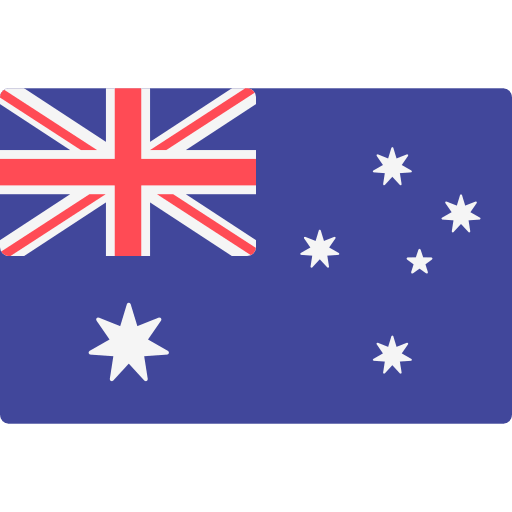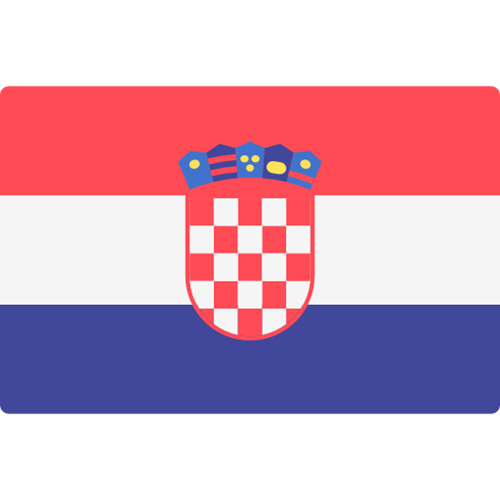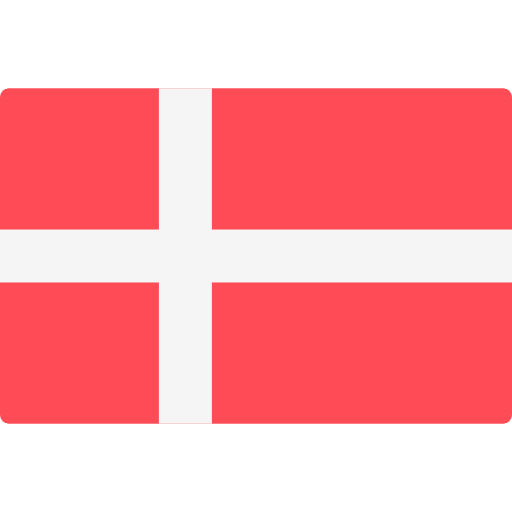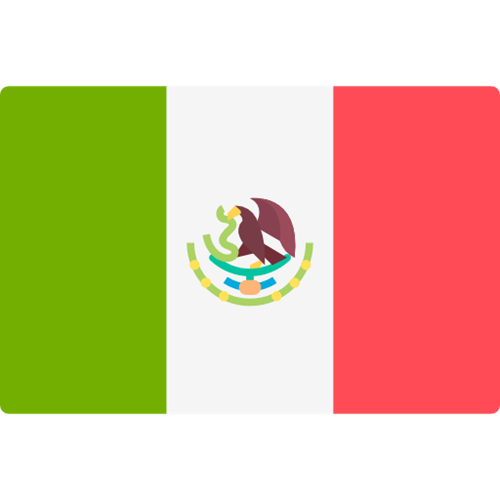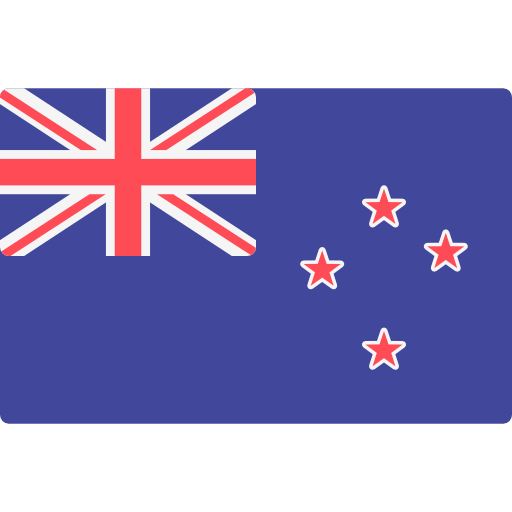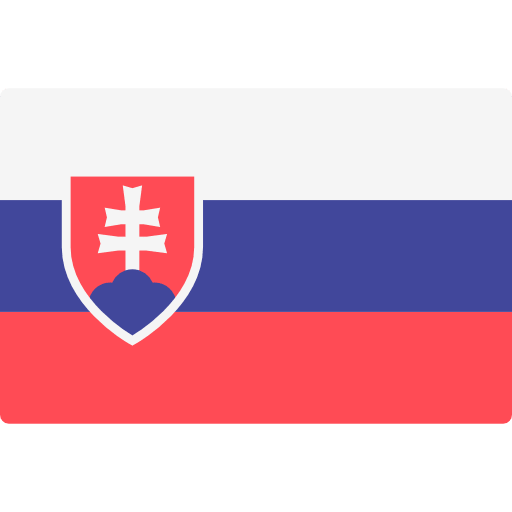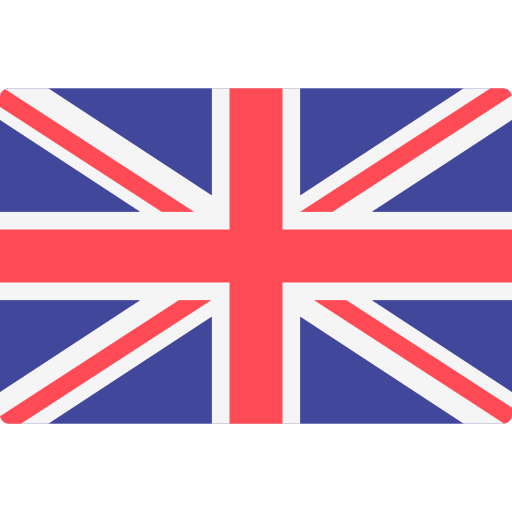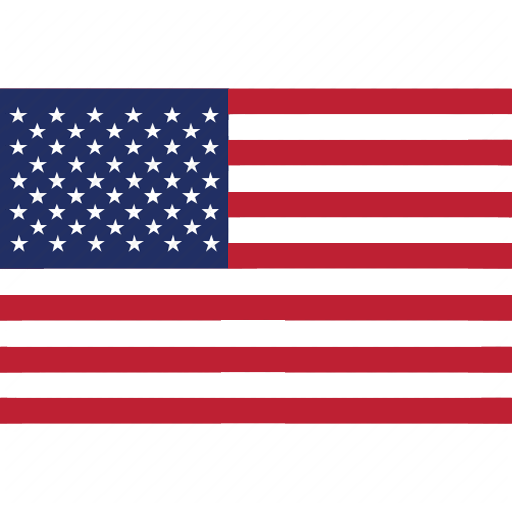Navigate biologics regulatory challenges with a strategic ally to deliver safe, effective biopharmaceuticals to patients

 Marian L. McKee, PhD, Vice President, BioPharma Biosafety Testing, Eurofins BioPharma Product Testing
Marian L. McKee, PhD, Vice President, BioPharma Biosafety Testing, Eurofins BioPharma Product Testing
In today’s rapidly evolving biopharmaceutical environment, ensuring product safety and meeting increasingly complex regulatory expectations can be challenging. From monoclonal antibodies to cutting-edge gene and cell therapies, all biologics face rigorous biosafety requirements to mitigate the risk of viral contamination. Recent regulatory updates, including the revised International Council for Harmonisation (ICH) Q5A (R2) guidelines and the FDA’s movement away from animal-based testing, are reshaping expectations for biosafety strategies.
At Eurofins BioPharma Product Testing (BPT), we understand the pressure our clients face to maintain safety, accelerate timelines, and reduce sample volumes – all while keeping pace with shifting global standards. Our BioSafety Testing team partners closely with our biopharma clients to implement modern, risk-based viral safety programs that combine proven methods with advanced technologies such as next-generation sequencing (NGS). Whether you are navigating regulatory compliance, preparing for IND/BLA submissions, or modernizing your cell bank characterization strategy, Eurofins BPT delivers the expertise and agility to help you mitigate risk and move forward with confidence.
Biosafety testing is required for all biopharmaceuticals, including monoclonal antibodies, antibody drug conjugates (ADCs), vaccines, and the more advanced modalities, including cell therapy, gene therapy, and mRNA products. By their nature, these biologic products are cultivated in environments that can pose diverse risks to product quality and safety. Worldwide regulations outline required testing to mitigate the risk of contamination throughout the manufacturing process. Viral contamination is a particular risk for all biological products. The BioSafety team at Eurofins BPT focuses on assuring the absence of any viral contaminants across the production process from cell banks through manufacturing to product release.

Effective viral risk mitigation is built upon three pillars: Prevent, Detect, Remove. Assuring the integrity and purity of starting materials, including cell banks and media components, are integral to any sourcing strategy to prevent contamination. Validation of downstream processing steps is key to assuring clearance by removal and/or inactivation of any contaminants that may have been introduced during processing. In vitro testing remains the primary means of assessing the safety profile of any biologic product. In vitro adventitious agent assays (IVAA) are designed to detect contaminating virus and employed throughout manufacturing and prior to product release. IVAA testing, along with sterility, mycoplasma, and targeted PCR methods, is required for every lot of biologic drug manufactured in Unprocessed Bulk (UPB) or Lot Release testing (LRT). Depending on the origin and propagation history of cell banks used for manufacturing, additional in vivo virus testing may be required. A successful viral safety plan should be risk-based and designed to include both broad and specific virus detection assays.
The biopharma industry is undergoing a transformation. Changes in product modalities and manufacturing processes with smaller batches and shorter lot release timelines, an increased desire to move away from animal use, and the advancement in technologies are driving the viral testing field in a new direction. In 2023, the ICH published a long-anticipated update to the guidelines for Viral Safety Evaluation of Biotechnology Products (ICH Q5A (R2)) that was later adopted and published by the FDA in early 2024. The FDA has also announced its plan to phase out animal testing in monoclonal antibody development. The Pharmacopoeia both US and European have chapters embracing the use of alternative methods for safety testing. These and other changes across the regulatory landscape impact the testing we perform to support our clients.
Until recently, NGS was employed as a complementary analysis method in an orthogonal approach to biosafety testing. In the last few years, however, the use of NGS has gained more traction in the biologics and gene therapy marketplace. Both domestic and international regulatory bodies are reviewing more IND/CTA/BLA submissions that contain NGS as part of an alternate testing strategy, especially for replacing in vivo tests. With the approval of ICH Q5A (R2), acceptance of NGS in a robust safety testing scheme is gaining momentum. ICH Q5A (R2) states that “NGS can also supplement or replace the in vitro cell culture assays for detection of known and unknown or unexpected virus species,” and “Non-targeted NGS is encouraged as a replacement for in vivo assays.”
As the regulatory landscape continues to evolve, Eurofins BPT remains committed to supporting our clients with a proactive, science-driven approach to biosafety. From preventing contamination at the cell banking stage to accelerated lot release with innovative testing strategies like NGS, we deliver tailored solutions to align with your product goals and compliance needs. Whether you are advancing a new therapy or optimizing an existing program, our team is here to help you safeguard quality, keep to your timelines, and meet the highest global standards. With Eurofins BPT as your partner, you gain not only a testing provider but a strategic ally in bringing safe, effective biopharmaceuticals to market.

